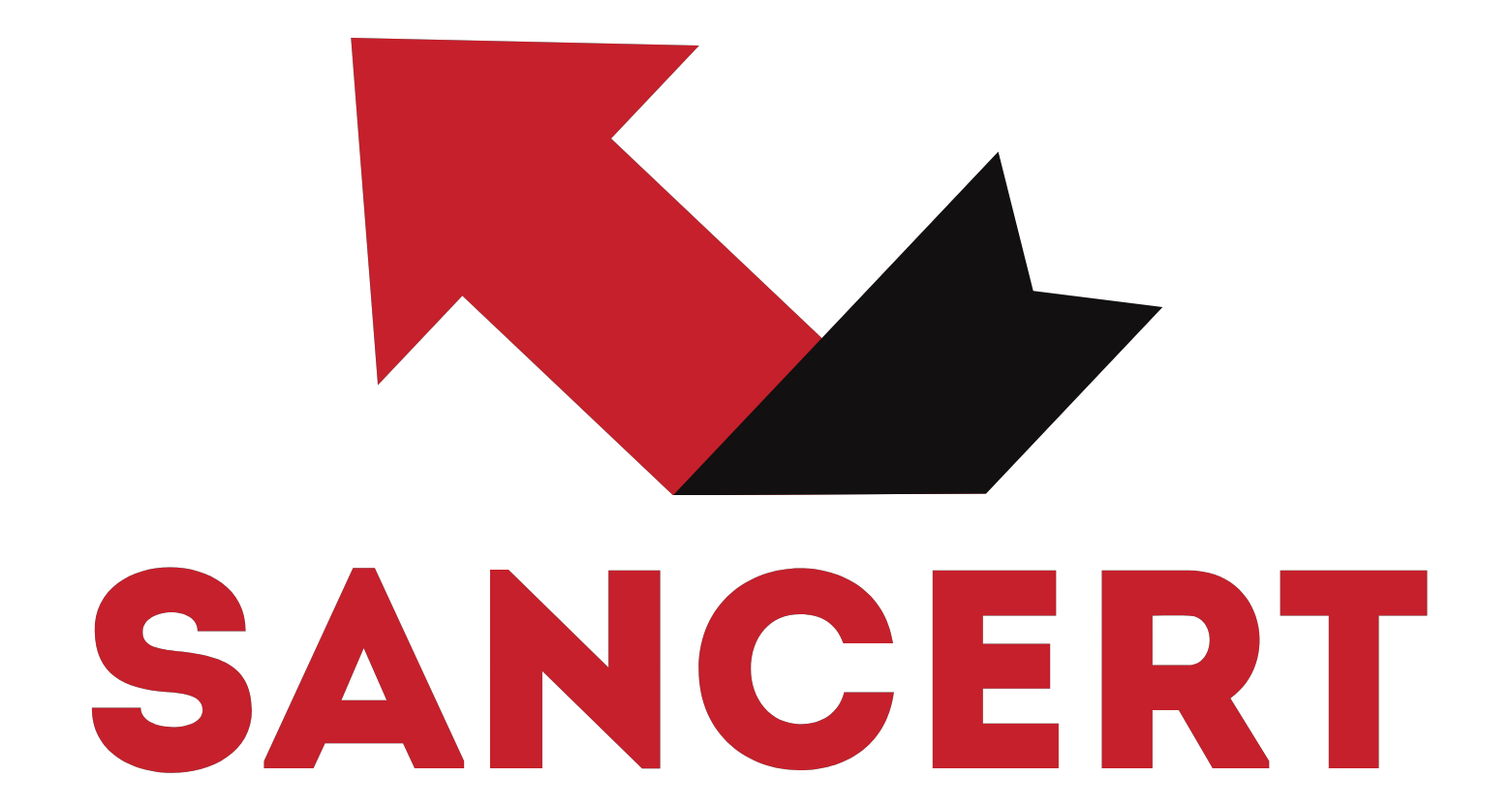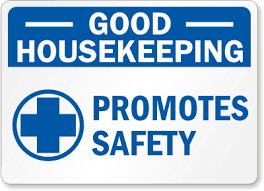As you’re no doubt aware, in today’s landscape, recruiters are looking at candidates’ social media and online presence more than ever therefore it is so important to make sure you are optimizing your online presence from a work-readiness perspective. Although young newbie’s looking for jobs comes to mind, many of these tips can however be applied to experienced professionals too.

Here are three steps one can take to optimize their personal brand from this perspective:
1. Conducting a self-audit
First, Google yourself. What would someone find if they ran your name through a search engine? If there are multiple people with your name, try limit search results to South Africa only, or include your middle name/country in the search bar.
Shut down old profiles. Remove old blogs and social media profiles (e.g. Myspace). It’s sometimes best to rather focus your efforts on a select few channels.
Review your existing posts, followers & privacy settings. e.g. What have you posted on Facebook that has been shared to “Public”? If you want to keep some platforms personal, then cull random/spam followers where needed. Remove less-than-ideal content (e.g. ill-advised tweets from when you were younger!) from all channels, and where possible from whichever Google search results you can control.
2. Optimize your profiles
This is specifically referring to the profiles on which you want to build a professional reputation.
Make sure you have a high-quality profile picture and cover image, crop it to the right sizes
Use concise and consistent handles, and personalized URLs.
Include your role and qualifications in your bio, linking to your business page.
Include your LinkedIn URL on your CV.
Include keywords related to your industry and skill-set in your profiles (especially LinkedIn) so that you’re searchable based on these.

**LinkedIn**
Your Profile Picture:
Professionally-taken or high-quality photo, mainly of the head and shoulders.
Headline:
Fully write out your position and role, and include your company name (or university if you’re still studying).
Summary & work experience, and rest of profile:
Summary: Your industry | Your location | Trending industry-specific news | skills.
Upload samples of work, and use keywords for searchability.
Write out brief descriptions for every listed job.
Write a bit about your volunteer experience, what organisations you work with, or what causes interest you.
3. Building your personal brand
Start writing! This helps position you as an industry thought leader. This can be your own blog, or guest posts on other blogs. LinkedIn Pulse is also great for this.
Publicize your digital assets where possible by uploading them to LinkedIn profile, Behance or similar (this is quite marketing-specific).
Cross-post and collaborate with other people in your industry for increased reach. Look to your colleagues, connections, and industry/interest groups for relevant, interesting content.
Posts using features like location tagging and #hashtags.
Tune into events and hashtags relative to your industry (especially on Twitter).
Work at it and maintain it – Don’t let your profiles die.
GOLDEN RULE: If you wouldn’t put it on a billboard, don’t put it on social media.

Article written by Holly Anne Bailey


